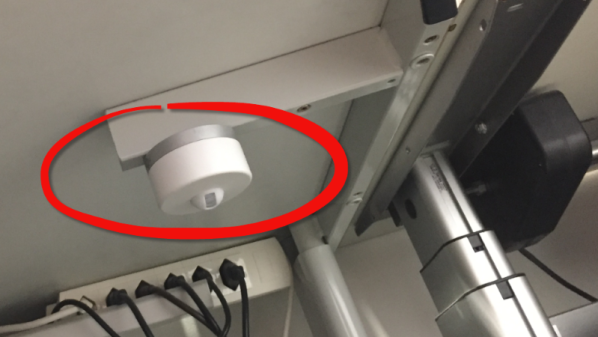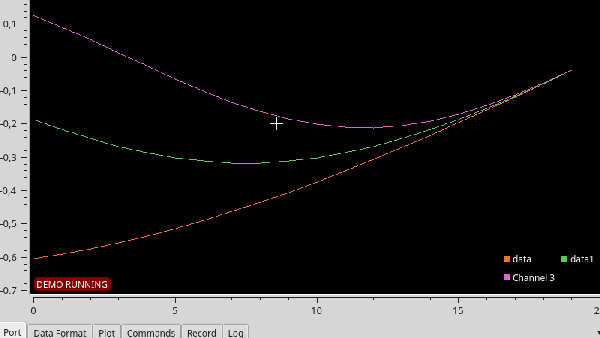There are a lot of bad days at work. Often it’s the last day, especially when it’s unexpected. For the particularly unlucky, the first day on a new job could be a bad day. But the day you find an unknown wireless device attached to the underside of your desk has to rank up there as a bad day, or at least one that raises a lot of serious questions.
As alarming as finding such a device would be, and for as poor as the chain of decisions leading these devices being attached to the workstations of the employees at a mercifully unnamed company, that’s not the story that [Erich Styger] seeks to tell. Rather, this is a lesson in teardown skills – for few among us would not channel the anger of finding something like this is into a constructively destructive teardown – and an investigation into the complete lack of security consideration most IoT devices seem to be fielded with these days.
Most of us would recognize the device as some kind of connected occupancy sensor; the PIR lens being the dead giveaway there. Its location under a single person’s desk makes it pretty clear who’s being monitored.
The teardown revealed that the guts of the sensor included a LoRa module, microcontroller, a humidity/temperature sensor, and oddly for a device apparently designed to stick in one place with magnets, an accelerometer. Gaining access to the inner workings was easy through the UART on the microcontroller, and through the debug connectors and JTAG header on the PCB. Everything was laid out for all to see – no firmware protection, API keys in plain text, and trivially easy to reflash. The potential for low-effort malfeasance by a compromised device designed to live under a desk boggles the mind.
The whole article is worth a read, if only as a lesson in how not to do security on IoT devices. We know that IoT security is hard, but that doesn’t make it optional if you’re deploying out in the big wide world. And there’s probably a lot to learn about properly handling an enterprise rollout too. Spoiler alert: not like this.














